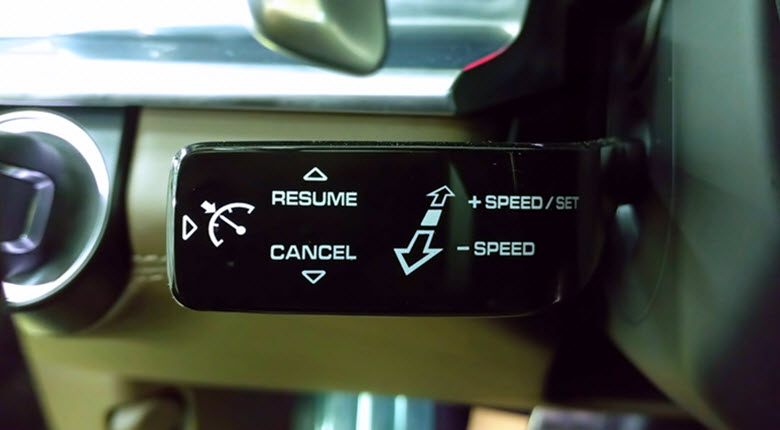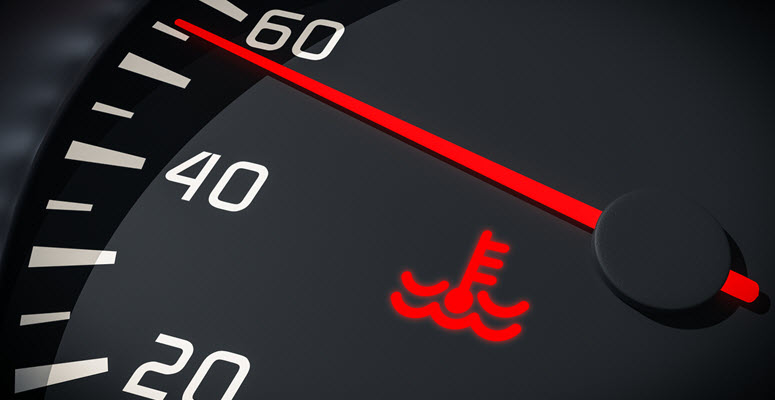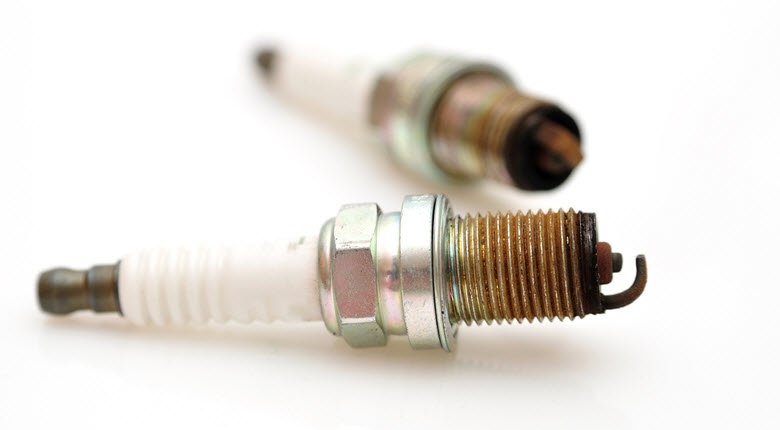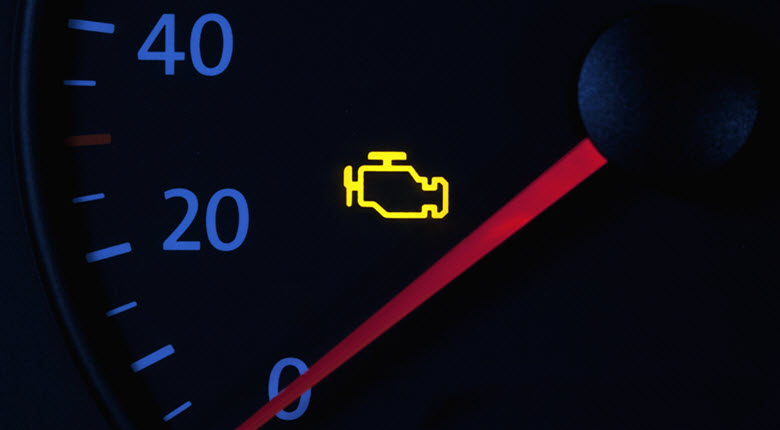Posted on 3/25/2021

Cruise control is a fantastic feature of your car that comes in handy on long road trips. With the simple press of a button, you can control your car’s speed and give your foot a much-needed break from the gas pedal. The last thing you want to be dealing with is cruise control failure while on the highway. With that in mind, let’s discuss the purpose of your vehicle’s cruise control system, signs and causes of cruise control failure, and where to go when your cruise control encounters problems. Purpose of Cruise Control Cruise control is a handy feature on your vehicle that is a helpful tool for road trips and driving on highways. It helps ease the foot fatigue that comes with pressing on the gas pedal after so many hours of driving on the highway. When you initiate cruise control, the system locks the gas pedal into position to ... read more
Posted on 2/16/2021

The fuel pump is an essential piece of your car. Its function is to send gasoline from your tank to your engine fuel components. The fuel pump is usually electric and is located inside the fuel tank. It creates pressure in the fuel lines, pushing gas to the engine. This pressure raises the boiling point of gasoline. Signs Your Fuel Pump is Leaking Most fuel pumps have a hole in the bottom. When the fuel pump leaks, gas escapes from this hole to other parts of the car, causing an array of problems. A fuel leak will have a gasoline smell to it, which contains carbon monoxide and can be very dangerous when inhaled. Below are some common symptoms of a fuel pump leak: ● Gasoline Smell: The fuel system in your car is sealed. If there is a leak in the fuel pump, this allows the smell of gasoline to permeate into the cabin a ... read more
Posted on 1/25/2021

If your car runs on gasoline, it has spark plugs. (For diesel and electric vehicles, spark plugs aren’t used.) The way an engine runs is by delivering a spark to compressed fuel and air. This happens within four, six, or eight different cylinders, one spark plug for each cylinder. The spark plug receives voltage from the ignition system, allowing them to fire when the cylinder has maximum compression of air and fuel in it. The spark plug ignites the air in the cylinder, and the engine creates forward motion as a result of that explosion 6 Signs of Spark Plug Failure Spark plugs fire thousands of times a minute. Normally, they operate perfectly, allowing your engine to run smoothly. But eventually, after about 50,000 to 100,000 miles on average, you’ll encounter sp ... read more
Posted on 1/5/2021

Your vehicle’s check engine light is perhaps its most powerful warning system, as it can notify you of problems ranging from a loose gas cap to engine overheating. Unfortunately, because the check engine light can respond to such a wide variety of issues, it can sometimes be challenging to know how to react when it turns on. To help you with this challenge, here are a few key steps that work for responding to check engine light illuminations regardless of the source of the problem. Don’t Panic If your vehicle’s check engine light comes on while you’re driving, don’t panic. And unless the vehicle is showing other signs of engine failure, such as smoking or clunking noises, don’t pull over immediately, either. Inst ... read more